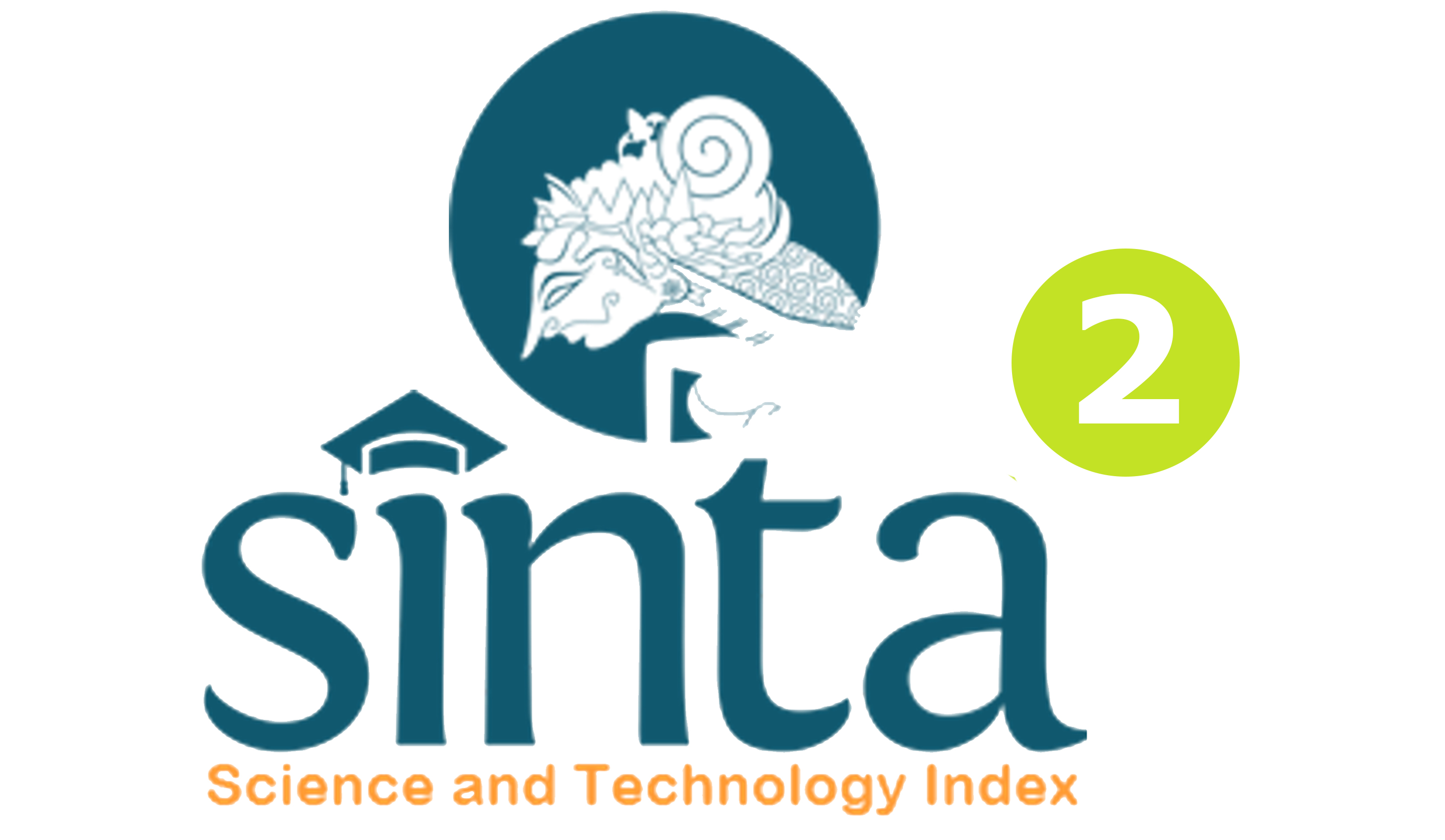Efforts To Improve Learning Interest In Local Hero Woman
Keywords:
learning interest, local hero woman, community learning centerAbstract
This study aims to determine the efforts to increase interest in learning in local hero of women at PKBM An-nur Ibun, Bandung. The method used in this research is descriptive qualitative. The data was collected using direct interview, observation, and documentation techniques. The data obtained were then analyzed by data collection procedures, data reduction, data presentation, data interpretation, and data inference. The results of this study are to develop ideas, stimulate citizens to learn, meet great people, positive attitude. This can be seen from the enthusiasm in conveying ideas, the experience increases and develops, changes in opinion, behavior, mindset, ethics, good manners in the family and the community, benefits themselves and others, and adds insight.
References
Agustin, W. A., & Supriyadi, S. N. (2017). Peran Fasilitator Dalam Pemberdayaan Masyarakat Pada Program Penataan Lingkungan Permukiman Berbasis Komunitas. Jurnal Sosiologi DILEMA, 32(1), 69–78.
Asaolu, I. O., Alaofè, H., Gunn, J. K., Adu, A. K., Monroy, A. J., Ehiri, J. E., ... & Ernst, K. C. (2018). Measuring women's Empowerment in sub-Saharan Africa: exploratory and confirmatory factor analyses of the demographic and health surveys. Frontiers in psychology, 9, 994.
Azhar, A. A., & Sikumbang, A. T. (2018). Students’ Trends in Islamic Communication Postgraduate in 2010-2016 State Islamic University of North Sumatera (UINSU). BIRCI-Journal: Budapest International Reserach And Critics Institute Journal, 1(4).
Baber, H. (2020). Determinants of students’ perceived learning outcome and satisfaction in online learning during the pandemic of COVID-19. Journal of Education and e-learning Research, 7(3), 285-292.
Bettis, J., Thrush, C. R., Slotcavage, R. L., Stephenson, K., Petersen, E., & Kimbrough, M. K. (2019). What makes them different? An exploration of mentoring for female faculty, residents, and medical students pursuing a career in surgery. The American Journal of Surgery, 218(4), 767-771.
Cokrohadisumarto, W. B. M., Zaenudin, Z., Santoso, B., & Sumiati, S. (2019). A study of Indonesian community’s behaviour in paying zakat. Journal of Islamic Marketing, 11(4), 961-976.
Creswell, J. (2012). Educational Research: Planning, Conducting, and Evaluating Quantitative and Qualitative Research Fourth Edition. University Of Nebraska.
Dhungana, P., Luitel, B. C., Gjøtterud, S., & Wagle, S. K. (2021). Context-responsive Approaches of/for Teachers’ Professional Development: A Participatory Framework. Journal of Participatory Research Methods, 2(1), 18869.
Ding, S., Qu, S., Xi, Y., & Wan, S. (2019). A long video caption generation algorithm for big video data retrieval. Future Generation Computer Systems, 93, 583-595.
Ekayanti, N. W., & Setiawati, G. A. D. (2019). Implementasi Lesson Study Untuk Membangun Komunitas Belajar Di Program Studi Pendidikan Biologi Universitas Mahasaraswati Denpasar. Suluh Pendidikan, 17(1), 45–50. https://doi.org/10.4324/9780203795538-2
Ibrahim, A., & El Zaatari, W. (2020). The teacher–student relationship and adolescents’ sense of school belonging. International Journal of Adolescence and Youth, 25(1), 382-395.
Jumrana, & Tawulo, M. A. (2015). Fasilitator dalam Pemberdayaan Masyarakat. Jurnal Komunikasi Profetik, 08(01), 19–30.
Khayru, R. K., Nichen, N., Chairunnas, A., Safaruddin, S., & Tahir, M. (2021). Study on The Relationship Between Social Support and Entrepreneurship Intention Experienced by Adolescents. Journal of Social Science Studies (JOS3), 1(2), 47-51.
Kunyanti, S. A., & Mujiono, M. (2021). Community Empowerment-based Corporate Social Responsibility Program in Panglima Raja Village. International Journal on Social Science, Economics and Art, 11(1), 12-19.
Lin, S. H., & Huang, Y. C. (2016). Examining Charisma In Relation To Students’ Interest In Learning. Active Learning in Higher Education, 17(2), 139–151. https://doi.org/10.1177/1469787416637481
Nomaguchi, K., & Milkie, M. A. (2020). Parenthood and well‐being: A decade in review. Journal of Marriage and Family, 82(1), 198-223.
Panday, P. (2020). Women’s Empowerment and the Well-being of Children in Nepal. Journal of Developing Societies, 36(2), 129–154. https://doi.org/10.1177/0169796X20916048
Pung, J., & Chiappa, G. (2020). An exploratory and qualitative study on the meaning of transformative tourism and its facilitators and inhibitors. European Journal of Tourism Research, 24, 2404-2404.
Puspitarini, Y. D., & Hanif, M. (2019). Using Learning Media to Increase Learning Motivation in Elementary School. Anatolian Journal of Education, 4(2), 53-60.
Putri, Y. S., Pratiwi, I. A., & Ismaya, E. A. (2020). Peran Pola Asuh Dalam Pembentukan Minat Belajar Anak Di Desa Medini. Jurnal Muara Pendidikan, 5(2), 697–704. https://doi.org/10.52060/mp.v5i2.377
Renninger, K. A., & Pozos-Brewer, R. K. (2015). Interest, Psychology of. In International Encyclopedia of the Social & Behavioral Sciences: Second Edition (Second Edi, Vol. 12). Elsevier. https://doi.org/10.1016/B978-0-08-097086-8.26035-2
Safari. (2003). Indikator Minat Belajar. Rineka Cipta.
Sardiman. (2011). Interaksi dan Motivasi Belajar Mengajar. PT Raja Grafindo Persada.
Silamut, A. A., & Petsangsri, S. (2020). Self-directed learning with knowledge management model to enhance digital literacy abilities. Education and Information Technologies, 25(6), 4797-4815.
Su, R., Stoll, G., & Rounds, J. (2019). The nature of interests: Toward a unifying theory of trait-state interest dynamics. In Vocational interests in the workplace (pp. 11-38). Routledge.
Sujanto, A. (2004). Psikologi Kepribadian. PT Bumi Aksara.
Syahrizal, & Ahmad. (2016). Peran Fasilitator Kecamatan Dalam Pelaksanaan Program Pembangunan Kebupaten Kutai Kartanegara. Ilmu Pemerintahan, 4(4), 1761–1772
Umanailo, M. C. B. (2020). The energy in the context of social. In Proceedings of the International Conference on Industrial Engineering and Operations Management, 0 (March) (pp. 2503-2508).
Usman, O. (2022). The Influence Of The Use Of Active Learning Methods, Learning Facilities And Peer Environment On Learning Interest Of Office Administration Education Students At State University Of Jakarta.
Van Dijk, A. J., Herrington, V., Crofts, N., Breunig, R., Burris, S., Sullivan, H., ... & Thomson, N. (2019). Law enforcement and public health: recognition and enhancement of joined-up solutions. The lancet, 393(10168), 287-294.
Zakiyah. (2010). Pemberdayaan Perempuan oleh Lajnah Perempuan. Jurnal Pengkajian Masalah Sosial Keagamaan, XVII(01), 44.
Downloads
Published
Issue
Section
License
Copyright (c) 2022 Klara Septia Landa, Nike Kamarubiani, Viena Rusmiati Hasanah

This work is licensed under a Creative Commons Attribution 4.0 International License.








